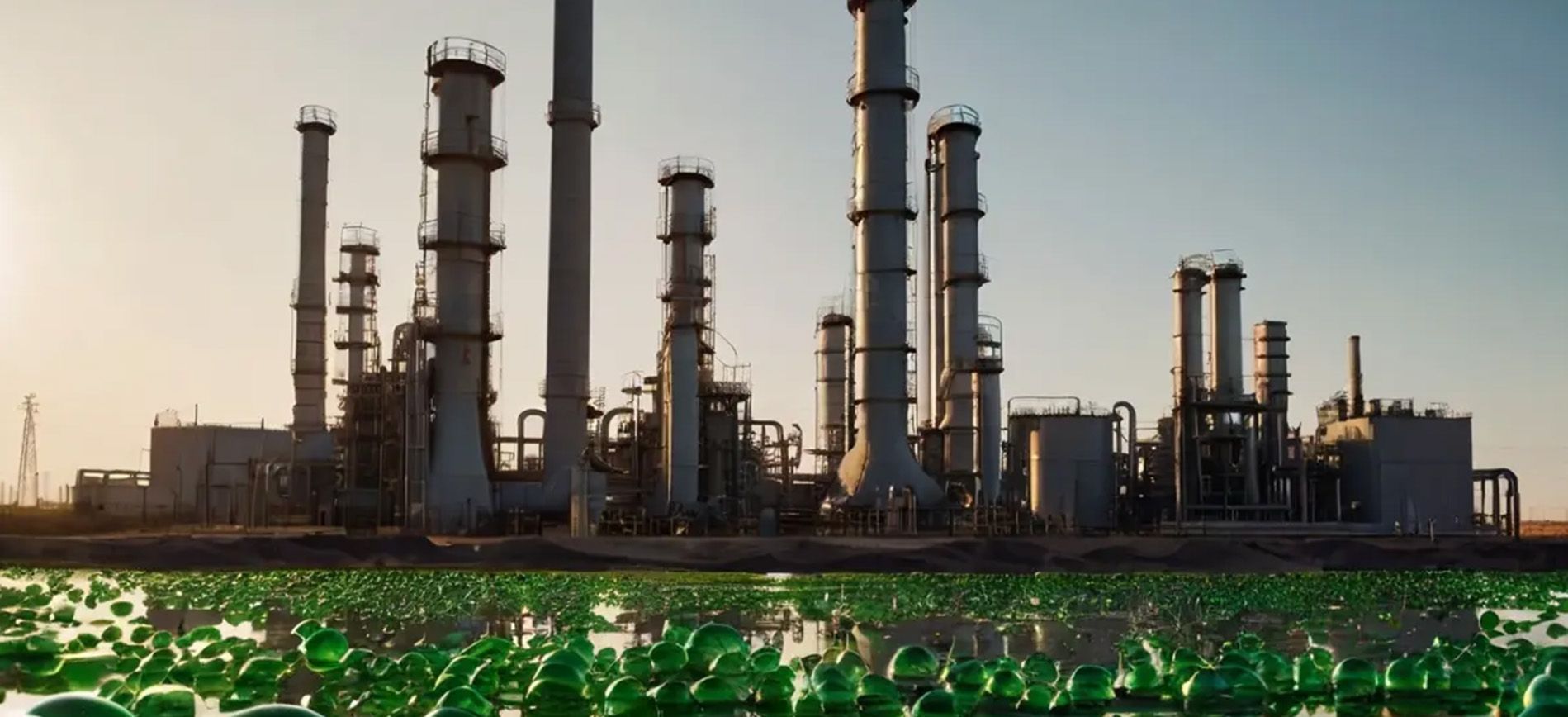The Expanding Role of Green Hydrogen in Transforming the Petrochemical Industry
The Expanding Role of Green Hydrogen in Transforming the Petrochemical Industry

As the world transitions toward renewable energy, green hydrogen is emerging as a game-changer for industries reliant on fossil fuels, including the petrochemical sector. Produced using renewable energy sources and water electrolysis, green hydrogen offers a sustainable alternative to traditional hydrogen production, which often depends on natural gas. This blog explores the role of green hydrogen in the petrochemical industry, its benefits, challenges, and potential to drive global sustainability.
What is Green Hydrogen?
Green hydrogen is hydrogen produced using renewable energy sources, such as wind or solar, and water through electrolysis. Unlike gray or blue hydrogen, green hydrogen generates no carbon emissions during production, making it a critical component of the energy transition.
Applications of Green Hydrogen in the Petrochemical Industry
The petrochemical sector is leveraging green hydrogen for multiple applications:
- Ammonia Production: Green hydrogen is a key feedstock for ammonia synthesis, which is used in fertilizers and other industrial applications.
- Methanol Production: A sustainable alternative to conventional hydrogen in methanol production, supporting cleaner fuel and chemical solutions.
- Desulfurization Processes: In refineries, green hydrogen is used to remove sulfur from crude oil, ensuring compliance with environmental regulations.
- Feedstock for Plastics: Green hydrogen contributes to the sustainable production of plastics and other polymers, reducing carbon footprints.
Benefits of Green Hydrogen for the Petrochemical Sector
Green hydrogen offers several advantages over conventional hydrogen:
- Emission Reduction: It eliminates carbon emissions associated with hydrogen production, helping petrochemical companies achieve their sustainability goals.
- Energy Transition Support: Green hydrogen aligns with global efforts to transition away from fossil fuels.
- Enhanced Brand Image: Adopting green hydrogen showcases a company’s commitment to environmental stewardship, improving stakeholder trust.
Challenges in Adopting Green Hydrogen
While promising, green hydrogen faces obstacles that must be addressed for widespread adoption:
- High Production Costs: Green hydrogen remains more expensive than gray or blue hydrogen due to the costs of renewable energy and electrolyzers.
- Infrastructure Gaps: The industry lacks sufficient infrastructure for green hydrogen production, storage, and transport.
- Energy Requirements: Producing green hydrogen requires significant amounts of renewable energy, necessitating large-scale renewable infrastructure development.
Future Outlook: Green Hydrogen in Petrochemicals
Green hydrogen’s role in the petrochemical industry is set to expand as technology advances and costs decline:
- Technology Innovations: Improved electrolyzer efficiency and scaling up renewable energy projects will lower production costs.
- Government Policies and Subsidies: Supportive regulations, tax credits, and funding for green hydrogen projects will drive adoption.
- Carbon Markets: The growing emphasis on carbon markets and credits will incentivize companies to shift toward green hydrogen solutions.
Conclusion
Green hydrogen represents a transformative opportunity for the petrochemical industry to reduce emissions, adopt cleaner practices, and align with global climate targets. While challenges remain, innovations, policy support, and increasing renewable energy capacity promise to make green hydrogen an integral part of the petrochemical sector’s sustainable future.




